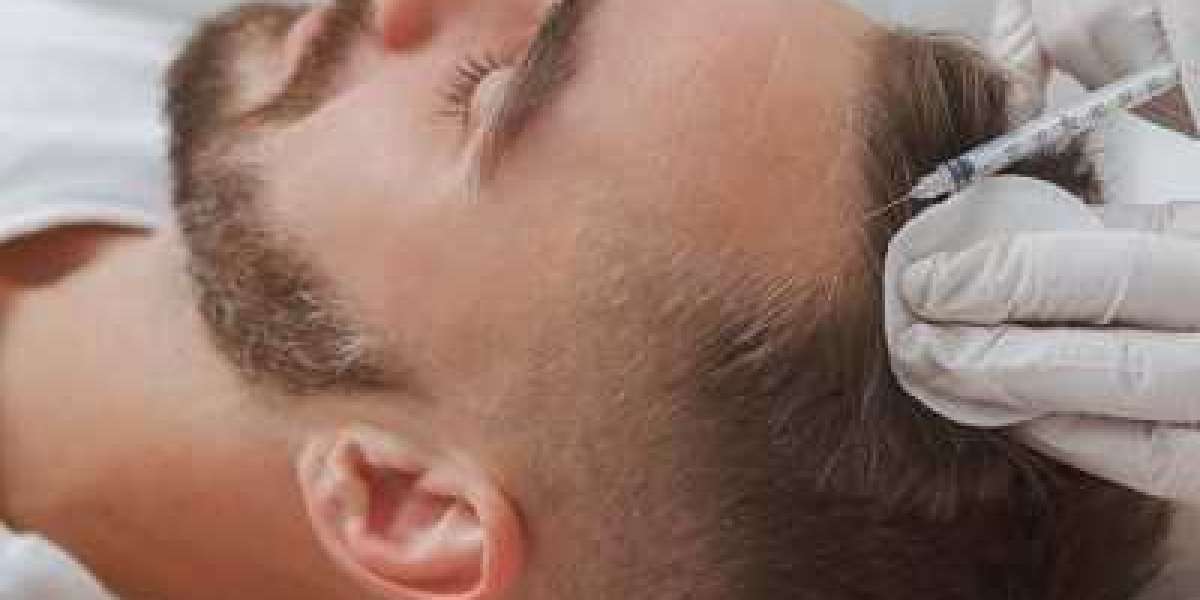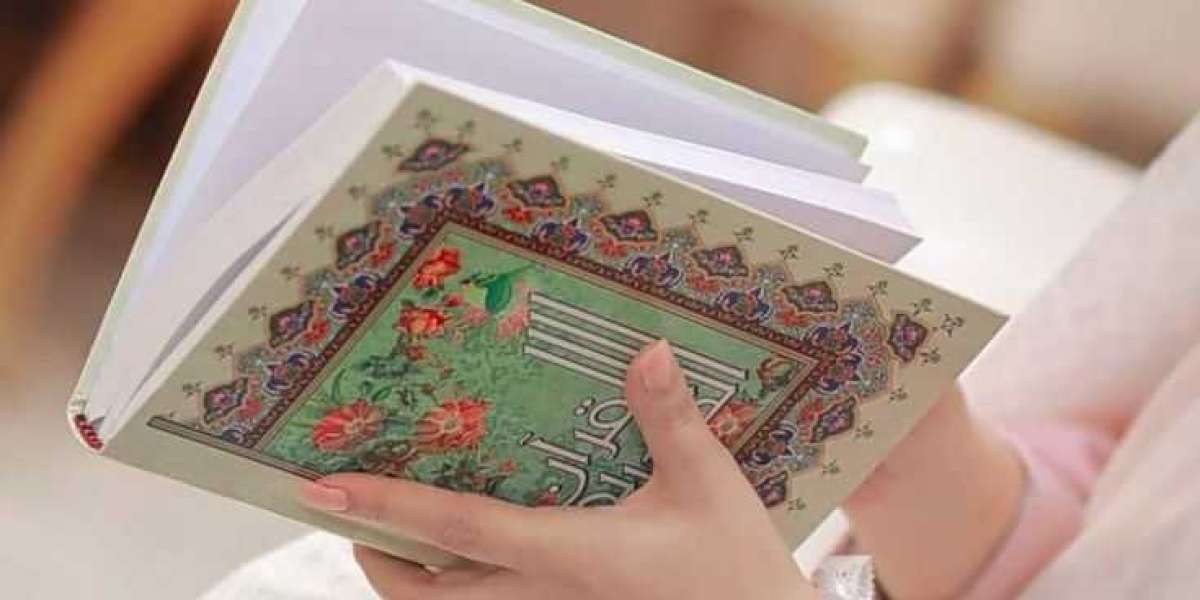Platelet-Rich Plasma (PRP) therapy has gained widespread popularity in recent years as a versatile, non-invasive treatment for a variety of aesthetic and medical conditions. From rejuvenating the skin and restoring hair growth to alleviating joint pain, PRP therapy offers a safe and effective solution with minimal downtime. If you’re considering PRP treatment in Islamabad, understanding what to expect before, during, and after the procedure is crucial for ensuring a smooth experience and optimal results.
In this blog, we’ll guide you through the entire PRP process, from preparation to recovery, so you can feel confident and informed every step of the way.
Before PRP Treatment: Preparation and Consultation
The first step in your PRP treatment journey is a consultation with a qualified practitioner. During this consultation, the healthcare provider will assess your medical history, discuss your specific concerns or goals, and determine whether PRP therapy is suitable for you. It’s important to be honest and open about your health status, including any medications you’re taking, allergies, or underlying conditions, as these factors may impact your treatment.
What to Expect During the Consultation:
- Discussion of Goals: Whether you're seeking hair restoration, skin rejuvenation, or joint pain relief, your provider will discuss your specific treatment goals and expectations. This helps them customize the procedure for the best possible results.
- Medical Evaluation: The provider will assess your general health and check for any contraindications that may affect your ability to undergo PRP therapy. For example, individuals with blood disorders or active infections may not be suitable candidates for the procedure.
- Explanation of the Procedure: You’ll be fully informed about how the PRP process works, its benefits, risks, and expected outcomes. This is a great time to ask any questions you may have about the treatment.
- Pre-Treatment Instructions: Your provider will give you specific instructions on how to prepare for the procedure. This may include:
- Avoiding certain medications: Blood-thinning medications like aspirin or ibuprofen should be avoided for a few days before treatment to minimize bruising.
- Hydration: Drink plenty of water before your appointment, as good hydration is essential for optimal results.
- Avoiding alcohol: It’s advisable to refrain from drinking alcohol for at least 24 hours before the treatment to reduce the risk of bruising.
Pre-Treatment Preparation:
- Clean and Comfortable Clothing: Wear loose, comfortable clothing to your appointment, especially if you are receiving PRP injections to the scalp, face, or joints. This will make the procedure more comfortable.
- Plan for Downtime: While PRP therapy typically requires minimal downtime, it’s still a good idea to plan for a short recovery period after the procedure. If you’re having facial PRP, consider scheduling a day off to allow for any redness or swelling to subside.
During PRP Treatment: The Procedure
PRP therapy is a relatively quick and straightforward procedure. Depending on the area being treated and the specific condition, the treatment may take anywhere from 30 minutes to an hour.
The Process:
Blood Draw: The treatment begins with a simple blood draw, similar to a routine blood test. A small amount of blood (typically 20-30 milliliters) is drawn from your arm using a needle. While the needle may cause a brief pinch, the process is relatively painless.
Centrifugation: After the blood is drawn, it is placed into a centrifuge. The centrifuge spins the blood at high speeds to separate the components. The blood is divided into three layers: red blood cells, platelet-rich plasma, and plasma. The PRP is carefully extracted and prepared for injection.
Preparation of the Treatment Area: Once the PRP is ready, your provider will prepare the area to be treated. If you are having PRP injections for hair restoration, the scalp may be numbed with a topical anesthetic to minimize discomfort. For facial PRP (also known as a “Vampire Facial”), a local numbing cream may be applied to the face to make the procedure more comfortable.
PRP Injection: The PRP is then injected into the targeted area. For hair restoration, this involves small injections into the scalp, where hair follicles are located. For skin rejuvenation, the PRP is injected into the facial skin, targeting areas with fine lines, wrinkles, or acne scars. If you’re receiving PRP for joint pain, the plasma will be injected directly into the affected joint. The injections may cause mild discomfort, but most patients tolerate them well.
During the Procedure:
- Minimal Discomfort: The procedure is generally well-tolerated, and discomfort is usually mild. The numbing cream or local anesthetic helps to make the process more comfortable.
- Quick Treatment: The entire procedure usually lasts between 30 minutes and 1 hour, depending on the area being treated and whether other treatments (e.g., microneedling) are used in conjunction with PRP.
After PRP Treatment: Recovery and Aftercare
One of the main benefits of PRP therapy is the minimal downtime required for recovery. Since PRP is a non-invasive procedure that uses your body’s own blood, the risk of complications is low, and the healing process is relatively quick. However, there are a few things to keep in mind after your PRP treatment to ensure optimal results.
What to Expect Immediately After Treatment:
- Mild Redness or Swelling: After PRP injections, it is normal to experience some redness, swelling, or bruising at the injection sites. If you had PRP for the face, you may notice a flushed appearance or mild swelling. This typically subsides within a few hours to a day.
- Discomfort: Some mild discomfort, such as tenderness or soreness at the injection sites, is common. For those receiving PRP for hair restoration or joint pain, the treated areas may feel sensitive for a day or two.
- No Downtime: In most cases, you can resume your normal activities right away. However, it’s best to avoid strenuous physical activity or heavy lifting for the first 24-48 hours to allow your body to focus on healing.
Post-Treatment Care:
- Hydration and Skin Care: If you’ve had PRP for skin rejuvenation, make sure to stay hydrated and apply any recommended skincare products. Avoid using makeup for at least 24 hours to allow your skin to breathe and heal naturally.
- Avoid Sun Exposure: Direct sunlight can irritate freshly treated skin, so it’s important to wear sunscreen and avoid excessive sun exposure for at least a week after treatment.
- Follow-Up Appointments: Your provider may recommend follow-up treatments depending on your specific goals. For hair restoration, multiple sessions (usually 3-4) spaced 4-6 weeks apart may be needed for optimal results. For skin rejuvenation, PRP facials can be repeated every 4-6 weeks until the desired outcome is achieved.
- Monitor Results: Over the next few weeks, you may notice gradual improvements as the PRP stimulates collagen production, hair regrowth, or tissue repair. For skin rejuvenation, the results may become more apparent as the skin’s texture improves, and fine lines and wrinkles reduce.
Potential Side Effects:
While PRP therapy is generally safe, there are some rare side effects that you should be aware of:
- Bruising or swelling at the injection sites
- Mild skin irritation or redness
- Infection (extremely rare) If you experience any concerning symptoms, such as excessive swelling, pain, or signs of infection, contact your provider immediately.
Conclusion
PRP therapy is a highly effective, minimally invasive treatment that can address a wide range of concerns, from hair loss and acne scars to joint pain and skin rejuvenation. Understanding what to expect before, during, and after the treatment can help you feel more confident and prepared as you undergo this transformative therapy in Islamabad.














